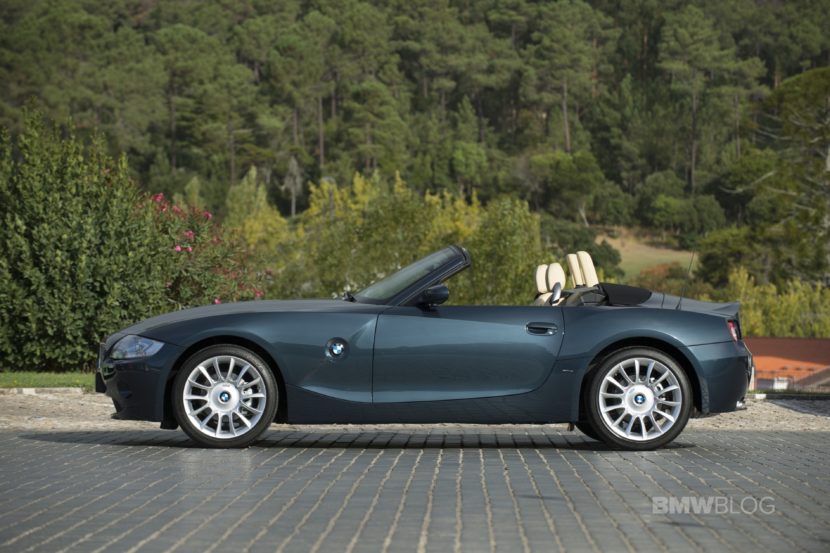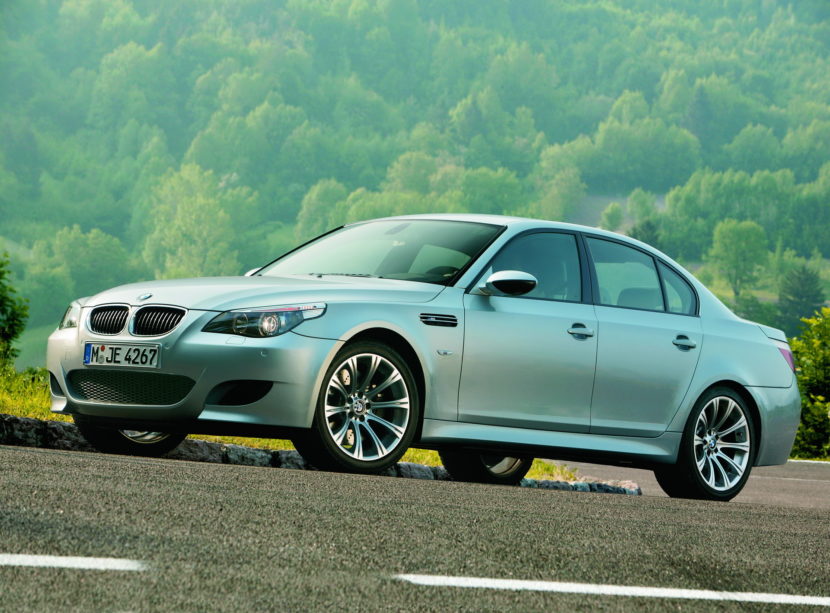Flame surfacing was a revolutionary design language developed by BMW in the early 2000s. Popularized during the Chris Bangle era and inspired by human and fabric forms, it introduced dynamic body surfaces that split opinion but left a lasting impact on the brand’s identity. Flame surfacing, love it or hate it, is an integral part of the BMW story. One of many polarizing ideas partially formulated by designer Chris Bangle, flame surfacing was an underlying design principle that eventually found its way into every BMW model in the lineup circa mid-2000s or so. From the 3 Series up — and down to the new 1 Series — BMW’s designs changed forever.
Origins of Flame Surfacing
Flame surfacing is often attributed to Chris Bangle, but that’s only half the story. The true origins of flame surfacing begin with Anders Warming. Warming may be the design director for Rolls-Royce today, but he was just starting his career in the 90s. And, in fact, that’s where flame surfacing’s story starts. He says he drew inspiration from drawing the human form. “There, you don’t just look at the outline, but the shape in between. Like bone structure and muscle,” he says. “Thinking that way makes you the designer of the shape before the outline, whereas car designers have been trained to do the outline and then the shape.”
As he sketched what would become the E85 Z4, Chris Bangle weighed in on the twisted surfaces: “it’s like flames,” he said. Specifically, he’s referring to the angles and twists in the bodywork that together form a shape. Thus, flame surfacing. Now, had the public’s first exposure to flame surfacing been a radical Z4 roadster, things might have gone differently. It wasn’t; instead, the first look in from the outside was the X Coupe. An early forerunner of the X6, flame surfacing was hardly the only polarizing thing about the X Coupe. It also pioneered BMW’s foray into the Sports Activity Coupe segment, which didn’t exist yet. Reception was lukewarm, at best. Then came the new flame surfaced E65 7 Series, which was arguably even a bigger bomb. It was so radical that BMW toned the design down for the car’s facelift. Sales rose commensurately.
The Common Misconception of the E60 5 Series
Perhaps the most interesting twist surrounding flame surfacing is the role of the E60 5 Series. While often claimed as the poster child for flame surfacing, it was actually “more it’s own thing,” according to author Steve Saxty. The designer, Davide Arcangeli, focused on the shape within each panel, like flame surfacing. But rather than the human form, Arcangeli channeled fabric. Specifically, the way fabric stretches across the frame of an airship/dirigible/zeppelin. Of course, although the E60’s design wasn’t chiefly guided by flame surfacing, similar execution kept it consistent enough with the E65 7 Series and its otherworldly design that it’s easy to see why the two are lumped together.
Despite the mixture of flowing curves and hard lines, flame surfacing evolved as a stark response to the more monolithic designs popular at the time. And like it or not, it arguably accomplished its goal: make BMW recognizable. Years on, it’s hard to say whether or not flame surfacing was ahead of its time. We think it existed exactly when it needed to.
We referred often to Steve Saxty’s excellent book, BMW by Design while writing this piece. Check all of his BMW books out for yourself. You’ll find more information, exclusive pictures and sketches, and a whole lot more.



